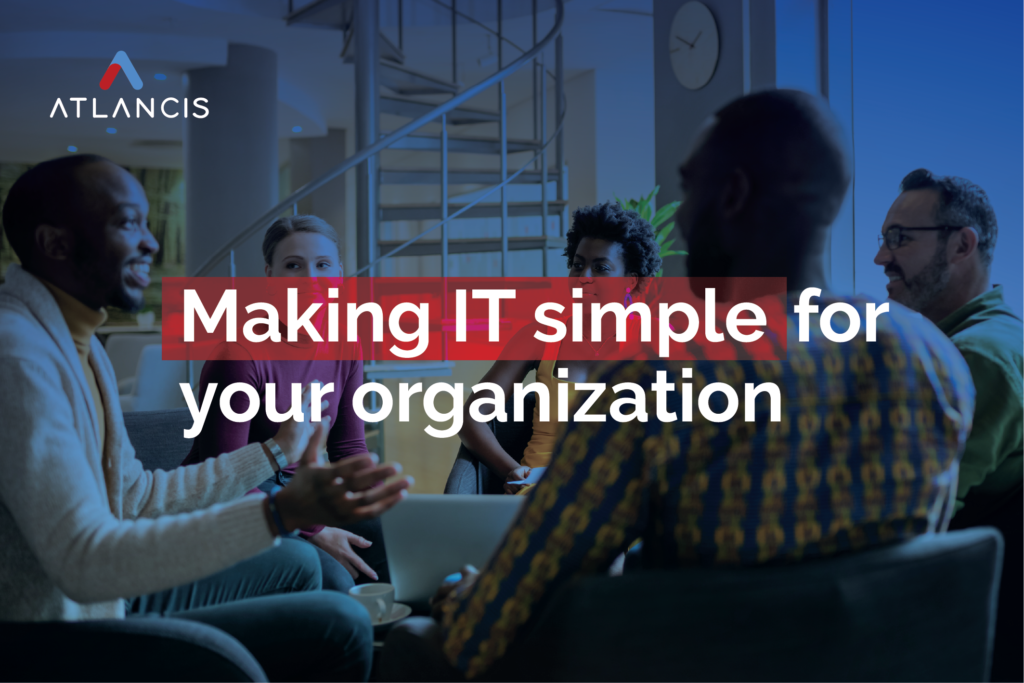Infrastructure as a Service (IaaS) also referred to as Hardware as a Service (HaaS) is one of the layers in cloud computing platforms. Traditionally, hosting via cloud service providers was pre-determined in terms of time and configurations. The clients were required to pay regardless of how they utilized the IT infrastructure.
With the current Infrastructure as a Service (IaaS) cloud computing platform layer perched on OCP initiatives, organizations are able to scale up and configure based on their current needs. It further allows organizations to pay only for the IT infrastructure services they have utilized. Particularly, the clients are offloaded on complexities and management risks that are transferred to the cloud service provider.
What is Infrastructure as a Service (IaaS)?
Infrastructure as a Service (IaaS) is the practice that enables clients to outsource IT infrastructures including servers, storage, networking, virtual machines, processing among other resources.
Other types of cloud computing services featured with IaaS include Software as a Service (SaaS), Platform as a Service (PaaS), and serverless.
How did IaaS grow up in cloud computing services?
Shifts from traditional based hardware-oriented data centers to cloud computing services facilitated the growth of IaaS. The traditional-based hardware-oriented infrastructure had a fixed relationship in-between hardware and operating software associated. This hindered how organizations can scale data environments to meet changing business needs.
From there, the IaaS has become popular in the business environments as both small, medium, and large organizations look forward to cutting costs and acquiring the flexibility and scalability provided to accommodate the change in digital services.
Models offered in IaaS in cloud services in Kenya
Infrastructure as a Service in Kenya and across the world is offered in three main models namely private, public and hybrid clouds.

- Private clouds
The private cloud model implies that the infrastructure is dedicated and resides at the client’s premises. Only a single client can access the hardware and software resources.
- Public Clouds
The public cloud model implies that the hardware and software resources delivered can be shared across organizations via the internet.
- Hybrid Clouds
Lastly, the hybrid cloud model is the combination of both private and public cloud environments.
Which kind of services do IaaS providers render to clients?
To avoid bottlenecks and conflicts in the provision of services, a bigger problem that’s associated with discrete servers, storage, computing, and networking. The Infrastructure as a Service cloud computing platform layer is integrated to provide 4 solutions:
- Compute
In this category, IaaS provider provides clients or rather the end-users with virtual machines central processing units, and memory to facilitate their digital services.
- Storage
In this category, the IaaS provider provisions back-end storage for clients to store their data and applications.
- Networking
Networking components are provided by the IaaS providers to enhance the functionality of virtual machines. In this case components like routers and bridges etc. are provided.
- Load balancing
Distributing a set of tasks to the available resources in IaaS creates room for efficiency in processing. This service provides balanced capabilities in the entire IaaS.
What are the benefits of Infrastructure as a Service (IaaS) in cloud services in Kenya
The benefits of infrastructure as a service in Kenya to enterprises are:
- Sharing
IaaS allows end-users to share the same IT infrastructure. In this way, the end-users are able to cut costs associated with computing density, power consumption, and thermal efficiency.
- Virtualization of resources
IaaS allows the users to utilize resources via the internet enhancing accessibility when the resources are needed.
- Reliability
IT infrastructure resources in IaaS are parcelled when needed by the end-users and can be returned to the pool when they are no longer needed. This on-demand model ensures a balanced workload hence efficiency in the processes. Additionally, the end-users are only required to pay for the IT infrastructure resources consumed.
Similarly, the reliability of Infrastructure as a Service in cloud services in Kenya can be explained in terms of scalability. End-users can scale up or down to accommodate current needs in the digital services they offer.
- Enhancing DevOps culture
DevOps refers to the processes associated with pre-production, production, testing, and deployments of applications. DevOps teams require IT infrastructure resources immediately to enhance the processes.
- Greater focus on core business processes
The greatest foundation for Infrastructure as a Service in cloud service in Kenya mainly focuses on the business needs rather than the IT infrastructure resources they offer.
Bottom Line
Infrastructure as a Service in cloud services in Kenya has enabled enterprises to streamline their IT infrastructure and resources needed to increase efficiency and effectiveness in their business models.
If you need more information regarding Infrastructure as a Service (IaaS) cloud service in Kenya, feel free to request consultancy and demos sessions from Atlancis Technologies, an ISO 9001 Certified company and member of the Open Compute Project.



